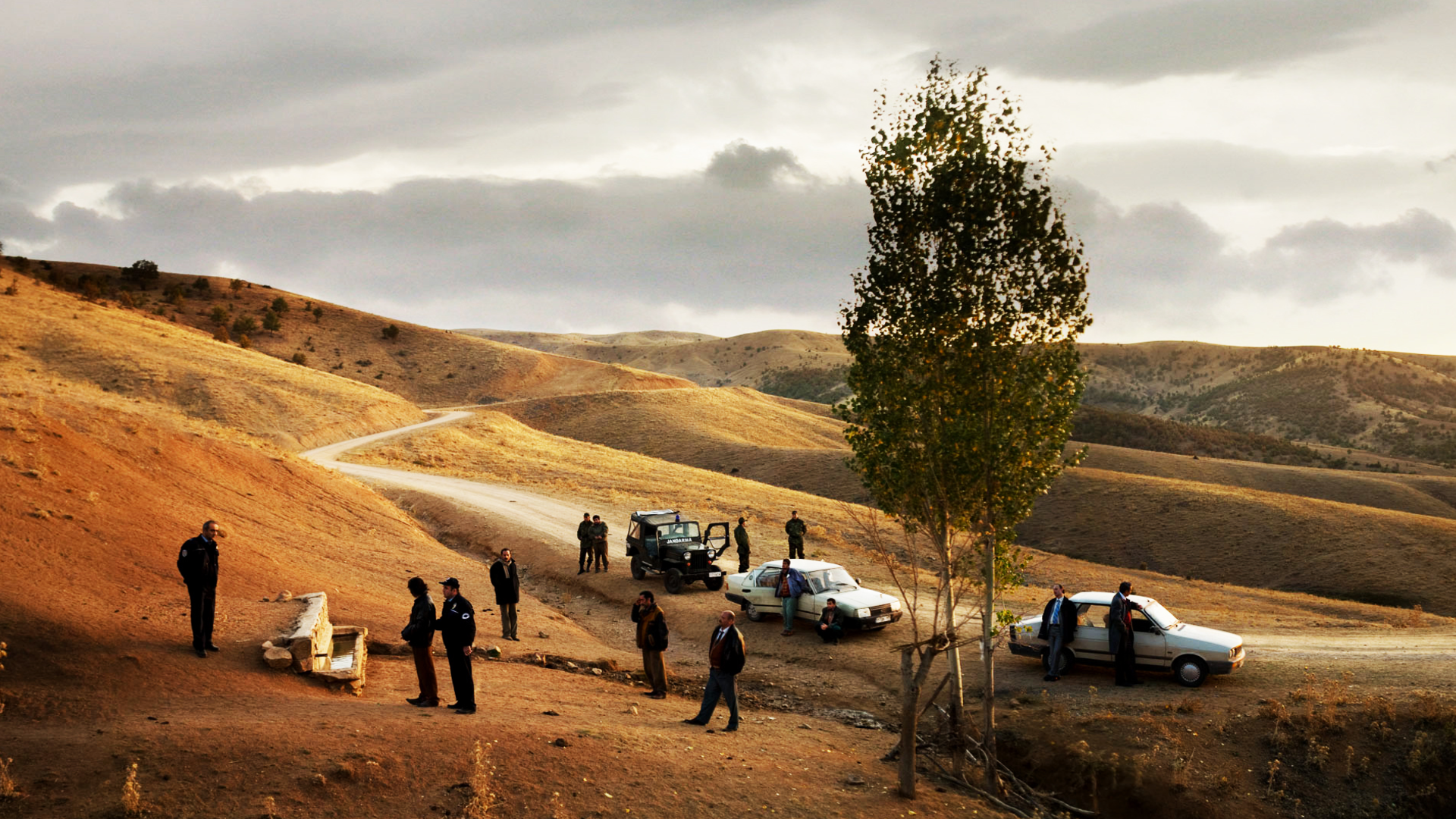meatthesavages.com – Lahmacun, often referred to as “Turkish pizza,” is a beloved dish that showcases the rich culinary traditions of Turkey. This thin, crispy flatbread is topped with a savory mixture of minced meat, vegetables, and herbs, offering a harmonious blend of flavors and textures that make it a favorite among locals and food enthusiasts alike.
A Brief History of Lahmacun
The origins of Lahmacun can be traced back to the Middle East, with its name deriving from the Arabic words “lahm” (meat) and “ma’jun” (paste). Over time, it has become a staple in Turkish cuisine, evolving into a popular street food. Its simplicity and affordability have made it accessible to people from all walks of life, and it has since gained international recognition.
Ingredients and Preparation
The base of Lahmacun is a thin, unleavened dough that is rolled out into a large circle. The topping typically consists of minced lamb or beef, mixed with finely chopped onions, tomatoes, peppers, and a variety of herbs and spices such as parsley, cumin, and paprika. This mixture is spread over the dough and baked in a hot oven until the edges are crispy and the topping is cooked to perfection.
Serving and Enjoying Lahmacun
Lahmacun is traditionally served with a side of fresh vegetables, such as lettuce, tomatoes, and onions, along with a squeeze of lemon juice for added zest. It’s often rolled up like a wrap, making it easy to enjoy on the go. Each bite offers a delightful combination of the crispy flatbread and the flavorful topping, making it a satisfying meal or snack at any time of day.
Variations Across the Region
While the traditional recipe remains popular, there are numerous regional variations of Lahmacun. In some areas, additional ingredients such as garlic, red pepper flakes, or even pomegranate molasses might be added to enhance the flavor profile. These variations reflect the diverse culinary influences found throughout Turkey and the surrounding regions.
Lahmacun Around the World
In recent years, Lahmacun has gained popularity beyond Turkey’s borders, with many restaurants and food vendors around the world offering their own versions of this delectable dish. Its versatility and unique taste have made it a favorite among those seeking to explore international flavors.
Conclusion
Lahmacun is more than just a flatbread; it is a testament to the rich cultural heritage and culinary artistry of Turkey. Whether enjoyed in its traditional form or with a modern twist, this delicious dish continues to capture the hearts and palates of food lovers everywhere.

